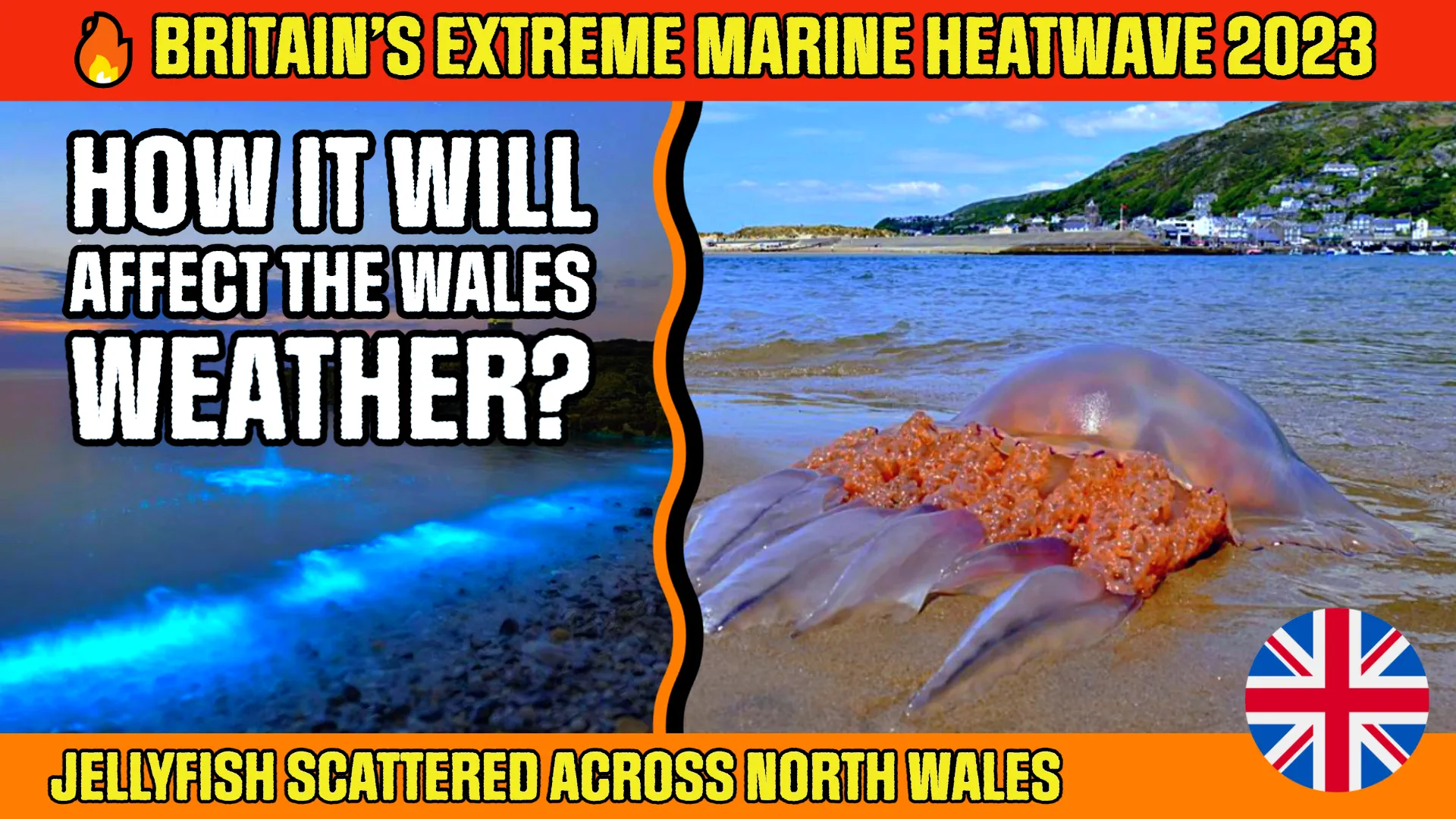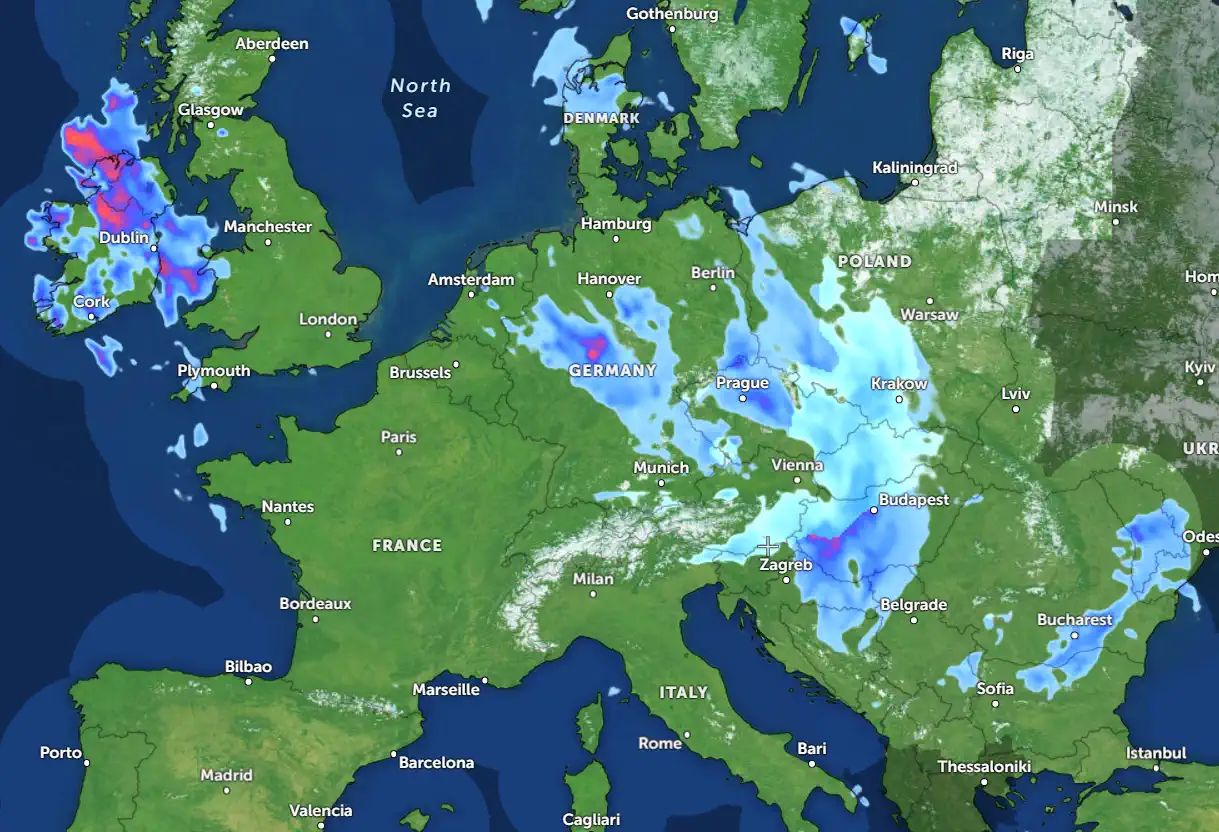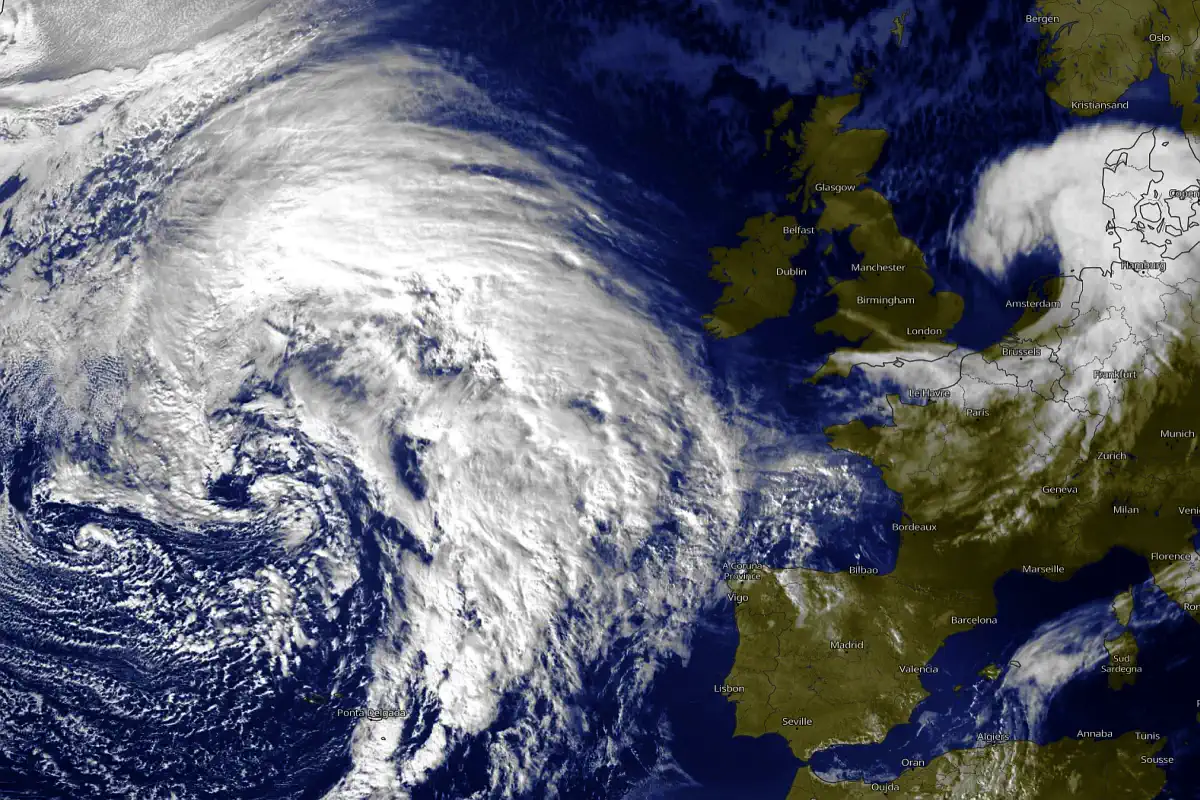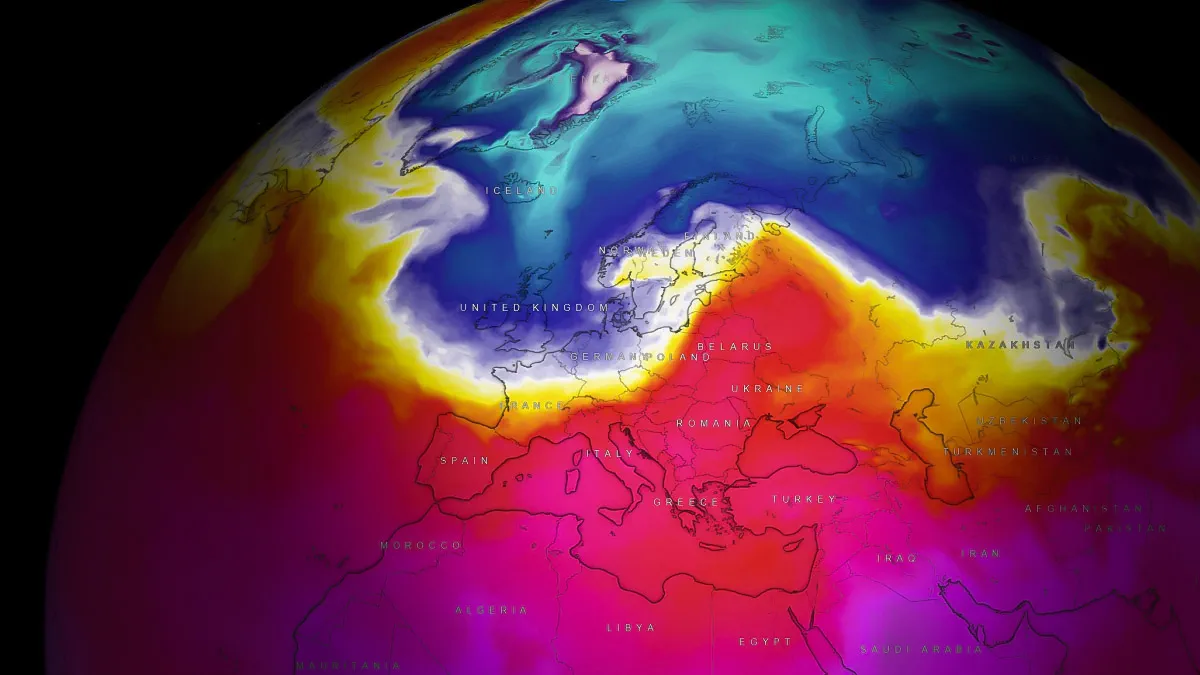
The Impact of Britain's Extreme Marine Heatwave on Wales' Weather?
Social media is currently flooded with photos of jellyfish scattered across North Wales' beaches. The abundance of these pancaked jellyfish has caught people's attention. But what's causing this unusual phenomenon? While jellyfish washing up on the region's shores is not uncommon, their increasing numbers in recent years may be connected to rising sea temperatures. This year, the ocean temperatures have been exceptionally high, leading to a marine heatwave off the coasts of the UK and Ireland.
Scientists are closely monitoring this marine heatwave and its potential implications. One of the concerns is how it could impact the weather in Britain as the year progresses. Warmer seas store extra energy, which could increase the likelihood of stormier autumn and winter weather. It could also affect land temperatures. The Met Office is already predicting an "above average" season for tropical storms and cyclones in the North Atlantic basin. Experts suggest that the high sea-surface temperatures in the tropical Atlantic are one of the main factors contributing to this unusual occurrence.
While hurricanes originating in the North Atlantic don't directly reach the UK, they still influence the weather indirectly by dragging up warmer air and moisture from the south. In general, warmer seas tend to bring stormier conditions. This year's extreme marine heatwave is expected to "supercharge" the weather in the coming autumn. However, changes in wind patterns due to the emerging El Niño effect may partially offset this impact.
The record-high global sea surface temperatures in April and May 2023, dating back to 1850, further support the concerns about the marine heatwave. Areas off the UK coast are up to 5 Celsius above average, with parts of the North Sea experiencing an extreme marine heatwave. Several factors contribute to this phenomenon, including climate change, the developing El Niño, lighter trade winds, and reduced Saharan dust and marine shipping fuels that reflect heat away from the ocean.
The rising sea surface temperatures also have implications for marine life and ecosystems. If the marine heatwave persists, it could affect sealife such as kelp, seagrass, oysters, and fish stocks that feed billions of people. Ocean heatwaves have previously caused mass mortalities of marine plants and animals in different parts of the world. While Wales' cold-infused waters have been considered less vulnerable, the current marine heatwave raises concerns among marine biologists. Although temperatures have not reached lethal levels yet, continued warming throughout the summer could change the situation.

The potential consequences of this marine heatwave extend beyond the environment. Cardigan Bay has already experienced algal blooms, resulting in murkier waters and distinct odors. Bioluminescence displays, caused by light-emitting plankton, have been more spectacular along the Welsh coast this summer. More plankton in the water can lead to an increase in jellyfish populations and their predators, including leatherback sea turtles. While we may not witness a turtle as massive as the one washed up on Harlech beach in 1988, the current situation still warrants attention.
In summary, the increasing numbers of jellyfish on North Wales' beaches could be linked to rising sea temperatures caused by a marine heatwave. This heatwave may influence the weather, potentially bringing stormier conditions to Britain. The record-high sea surface temperatures and their potential impacts on marine life and ecosystems raise concerns among experts. The situation highlights the interconnectedness of climate and weather patterns and emphasizes the need to address climate change and its effects on our planet's oceans.
Chief forecaster and ideologist of the weather forecast service Pogodnik. Co-author of scientific articles and specialized content for various online media.




